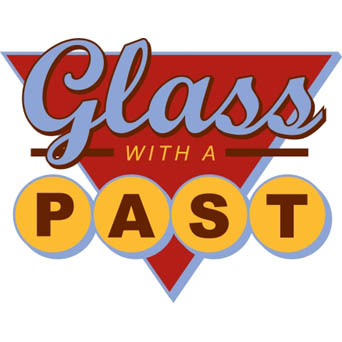Last week we talked about stacking and tack fusing recycled glass and using negative space as part of the design element. Hopefully that post gave everyone lots of great ideas and you all spent the weekend creating like crazy.
Tack fusing is also really handy when you decide to use additional bits of glass AS the design. We are still working with window glass (float and/or plate) without color, so we need to figure out how to use that to our advantage rather than rely strictly on just throwing more colors into the mix.
Although tack fusing itself is a pretty basic technique, you can mix it up a little by deciding if the tacked on pieces will be on the front surface of the glass (fused face up) or on the back surface of the glass (fused face down). The end result is visually different, so you should experiment with both.
This technique is quite straightforward. Here are a few things to remember:
- use glass from the same sheet (compatibility)
- determine the overall dimension of the piece
- determine the design
- cut all of the pieces, stack and fuse.
Here are some examples to give you ideas:
- Geometry
- Sunflower
- Dragonflies
- Tall Grass
- Ginko Tree
- Puzzled
- Zen
- Waves
The firing schedule that I use for tack fusing is below. There is a range listed on the top temperature, you’ll see reference to some pieces being fired on the hot side, which means on the top temperature in the range (temperatures are in Farenheight).
| Ramp | To | Hold |
| 250/hr | 500 | 20 min (just to let everything get all warmed up and stable) |
| 300/hr | 1100 | 30 (this is hotter than the annealing temp range, a good place to hold for a bit) |
| 500/hr | 1400 – 1450 | 3-6 (experiment till you find your best time) |
| 9999 | 1060 | 45 (this is the annealing temperature) |
| 150/hr | 700 | 0 then cool naturally to room temperature. If you are conservative, you can take it down to 500 before turning off the kiln. |









